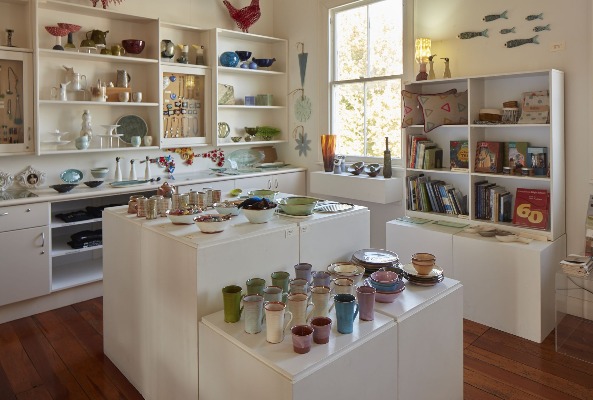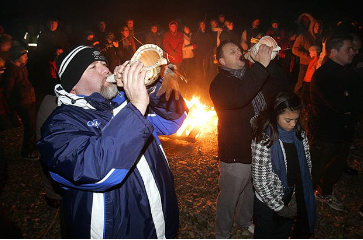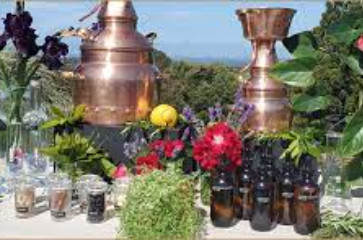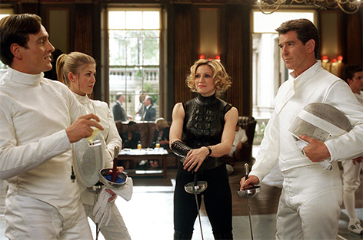An arts precinct in the heart of West Auckland, based on the historic grounds of the late Corban Estate Winery.
One of West Auckland’s best cultural experiences just a short drive from the Auckland CBD and within walking distance of the Henderson train station. Corban Estate Arts Centre is a bustling hub of artistic energy and talent, and a welcome respite from the white-cube art scene. Lovely public programmes and workshops for all ages





